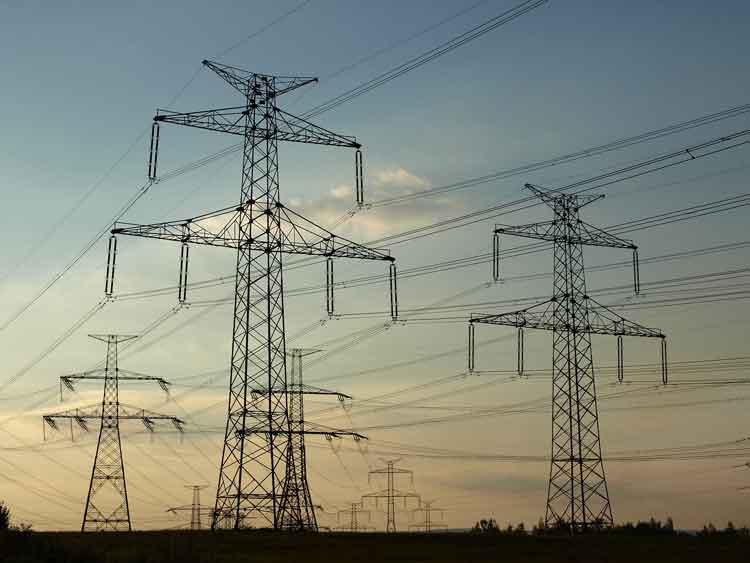Ontario has cut power usage 4.6 per cent
By Toronto Star
High Voltage Maintenance Training Online
Our customized live online or in‑person group training can be delivered to your staff at your location.

- Live Online
- 12 hours Instructor-led
- Group Training Available
Consumption is dropping faster than at any previous time and the province is ahead of the conservation target it set three years ago, Peter Love, chief energy conservation officer with the Ontario Power Authority, said in an interview.
"We're getting there, but there's a long way to go," he said.
From 2005 to 2007, Ontario's total consumption fell by 2.6 per cent to 150,8906 gigawatt hours, and the average for each person dropped by 4.6 per cent to 11,725 kilowatt hours. Both figures are adjusted for changes in the weather.
In addition, last year's weather-adjusted peak demand – the highest recorded use of electricity, a hot day when air conditioners were cranked up – was 24,820 megawatts, which was 1,462 megawatts below the amount forecast a couple of years ago by the Independent Electricity System Operator, the provincial agency that controls the flow of electricity.
That beat Queen's Park's first-stage goal – a reduction of 1,350 megawatts – for the first three years of its plan to cut peak demand by 6,300 megawatts by 2025.
"We have a lot of work to do. We're looking to create a culture of conservation. It happens over decades," Love said.
The decline shows the Liberal government should rethink its focus on building new nuclear power plants, said Chris Winter, head of the Conservation Council of Ontario, an independent advocacy group.
Critics have said the government is moving far too slowly on conservation as it plans $40 billion worth of new nuclear generating stations.
The report "tells me that people are getting the message and that those of us who said we could go much faster were right, " Winter said. "We always said they could achieve 6,300 megawatts (of reduction) by 2012. At what point do they get the message that people prefer conservation to coal, nuclear or other dirty power?"
But Love said Ontario's conservation goal is far tougher than others in North America. "The next target will be much more difficult."
The power authority has launched 26 conservation programs, ranging from an incentive to encourage homeowners to get rid of energy-sucking old beer fridges to technical help for major industries.
No new residential incentives are planned for this summer, but the province has installed 1.4 million "smart meters," out of 4.3 million in total, that will reward consumers for using appliances during periods of low demand.
When it's finally underway, the charge for electricity – now no more than 5.9 cents per kilowatt hour – will be 9.3 cents during peak times, 7.3 cents in medium periods and only 2.7 cents in off-peak times, generally overnight. A kilowatt-hour is the amount of electricity required to keep a 100-watt light burning for 10 hours, and one billion kilowatts equals one gigawatt.
The conservation effort is a far cry from the 1960s, when the former Ontario Hydro exhorted consumers to turn up their thermostats, take off their socks and "live better electrically." It's also different from the province's only previous attempt to curb demand, when, from 1988 to '92, Hydro had a team of more than 500 staff pushing the conservation message. That program resulted in about half the total electricity savings of the current effort, the power authority says.
The authority is contracting out much of the current conservation work to utilities, energy service companies and non-profit groups.
Ontario's electricity rates are still much lower than most other parts of the world, Paul Shervill, the power authority's vice-president of conservation development said.











